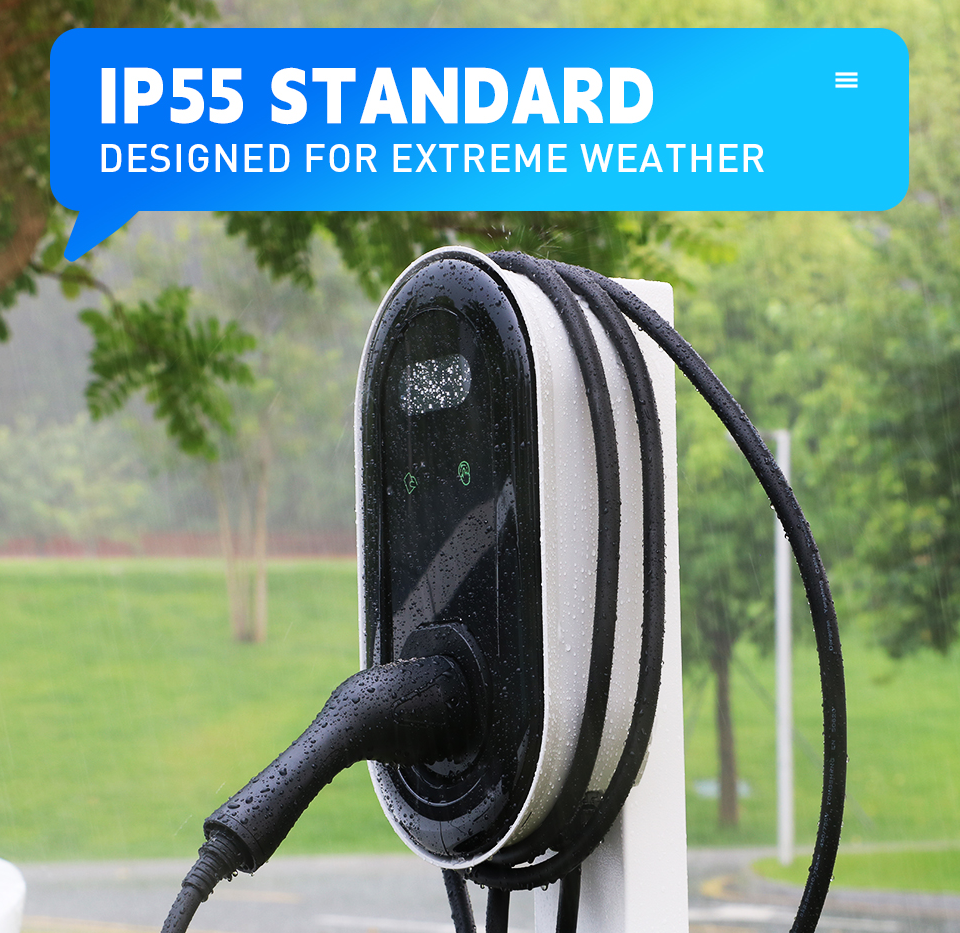As the temperature drops, electric vehicle (EV) owners often face a frustrating challenge - a significant decrease in their vehicle's driving range.
This range reduction is primarily caused by the impact of cold temperatures on the EV's battery and supporting systems. In this article, we'll dive into the science behind this phenomenon and share practical strategies to help EV enthusiasts maintain optimal performance in chilly conditions.
1.Understanding the Science of Cold Weather Range Reduction
When temperatures plummet, the chemical reactions within the EV's battery slow down, resulting in less energy being available to power the vehicle. This is because the cold weather affects the battery's ability to store and release energy efficiently. Additionally, the energy required to heat the cabin and defrost the windows further diminishes the range, as the EV's heating system draws power from the battery, leaving less energy for propulsion.
The severity of the range reduction depends on various factors, such as the ambient temperature, driving habits, and the specific EV model.
Some EVs may experience a more significant drop in range compared to others, depending on their battery chemistry and thermal management systems.
2.Charging Strategies for Maximum Range
To maximize your EV's range in cold weather, it's crucial to adopt smart charging habits. Start by parking your vehicle in a garage or covered area whenever possible. This helps keep the battery warmer and reduces the impact of cold temperatures. When charging, avoid using fast chargers in extremely cold weather, as they can further reduce the battery's efficiency. Instead, opt for slower, overnight charging to ensure a full charge and better range.
Another effective strategy is to preheat your EV while it's still plugged in. Many EVs have a pre-conditioning feature that allows you to warm up the cabin and battery before driving. By doing this while the vehicle is still connected to the charger, you can use electricity from the grid instead of the battery, preserving its charge for the journey ahead.
3.Preconditioning for Optimal Winter Performance
Preconditioning your EV before driving in cold weather can significantly improve its performance. This involves using the pre-conditioning feature to warm up the cabin and battery while the vehicle is still plugged in. By doing so, you not only ensure a comfortable driving experience but also reduce the strain on the battery, allowing it to operate more efficiently.
Consider utilizing seat heaters instead of relying solely on the cabin heater to conserve energy. Seat heaters require less power and can still provide a comfortable driving environment. Remember to clear any snow or ice from the exterior of your EV
before driving, as it can impact aerodynamics and increase energy consumption.

4.Seat Heaters: A Game-Changer for Comfort and Efficiency
One innovative way to improve comfort and reduce energy consumption in your EV during cold weather is by using the seat heaters. Instead of relying solely on the cabin heater to warm up the entire interior, the seat heaters can provide targeted warmth to the driver and passengers. This not only helps conserve energy but also allows for a quicker warm-up time, as the seats can heat up faster than the entire cabin.
By utilizing seat heaters, you can also lower the temperature setting of the cabin heater, further reducing energy consumption. Remember to adjust the seat heater settings to your preference and turn them off when no longer needed to optimize energy savings.
5.The Advantages of Garage Parking
Using a garage or covered parking space to protect your EV in cold weather can offer numerous benefits. First and foremost, it helps maintain the battery at a more optimal temperature, minimizing the impact of cold weather on its performance. The garage provides an additional layer of insulation, helping to maintain a relatively stable temperature and shielding the EV from extreme cold.
Furthermore, using a garage can also help safeguard your EV from snow, ice, and other winter elements. This reduces the need for time-consuming snow removal and ensures that your EV is ready to go when you need it. Additionally, a garage can provide a more convenient charging setup, allowing you to easily plug in your EV without having to face the cold weather outside.
By following these tips and understanding the science behind cold weather range reduction, EV owners can conquer the challenges posed by chilly conditions and enjoy a comfortable, efficient driving experience throughout the winter season.
Post time: Sep-18-2024
